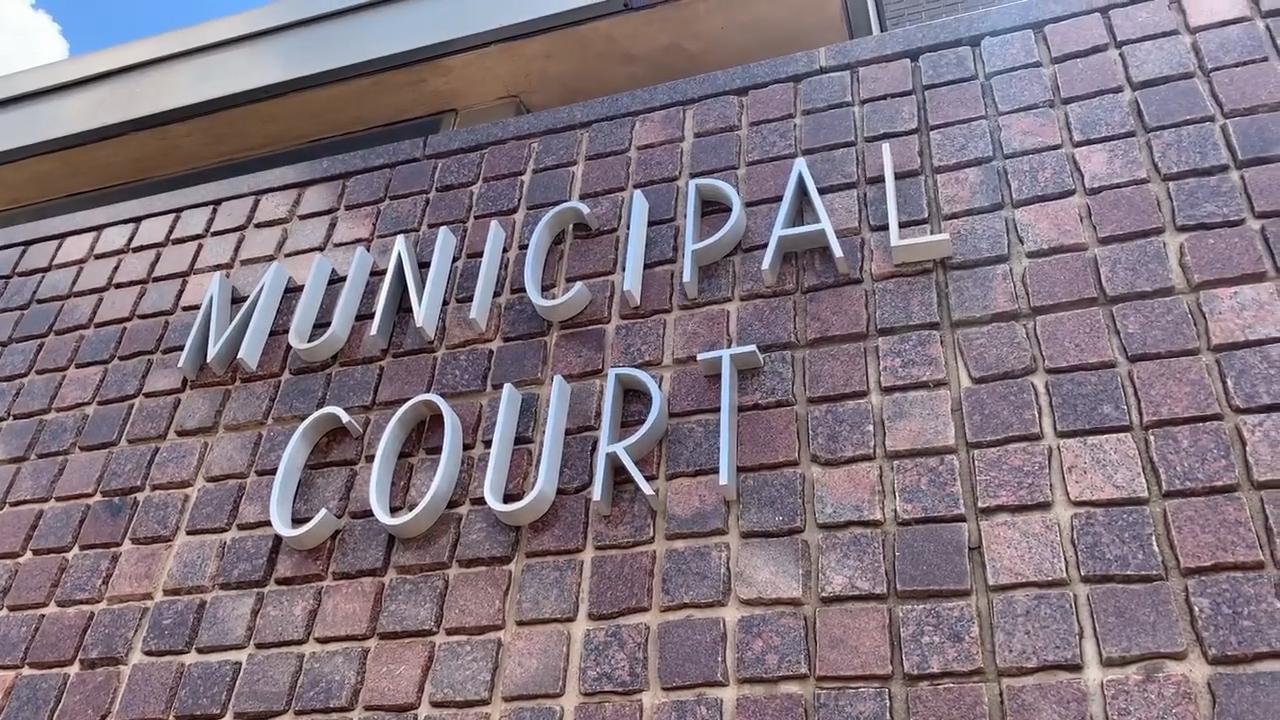AUSTIN — Some Texans living with chronic pain and illnesses say the ongoing crackdown on opioid misuse leads to unintended consequences for their community. They feel their voices are overlooked as policies and guidelines for opioid prescriptions are crafted.
“One thing doesn’t work for everyone,” Nancy Wheeler said.
Wheeler attended a “Don’t Punish Pain” rally in downtown Austin organized by several chronic pain patients Tuesday. She says the 2016 guidelines for prescribing opioids for chronic pain published by the Centers for Disease Control and Prevention had good intentions, but patients should be evaluated on a case by case basis.
“People who are in chronic pain management, this isn’t an easy fix for us,” she said. “Personally, I have eight procedures a year to manage my pain. I use other medications. I actually got three holes in my stomach from taking ibuprofen.”
The CDC issued its guidelines in response to the epidemic of overdose deaths. It suggests when opioids are used, clinicians should prescribe the lowest effective dosage, such as no more than 90 milligrams of a morphine equivalent a day.
“We have tried all the other modalities,” she continued. “We are trying all the other modalities. We need the CDC and people in the United States that we need to be treated as human beings too.”
Good days exist, but they’re rare.
“I have days when I am in bed,” she said. “However, that’s not a solution for me either.”
Sonya Gibson says since the CDC guidelines were published, her medication was reduced and she eventually got off of it. Gibson lives with lung scarring, deterioration of her back, pelvic floor dysfunction, foot pain, and arthritis.
“Unfortunately, opiates are the thing that gives me the best quality of life and allows me to have the highest level of functioning,” she said. “Taking away my medication or any of these people’s medications is not going to stop somebody who is determined to go out and get high. Our goal is not to get high. Our goal is to do our laundry, mop our floors, take care of our children, go to our jobs if we still can.”
Several members of the rally acknowledged the need for combatting drug addiction and abuse but made note of how they want policymakers to draw a clear line distinguishing prescription medication and illicit drugs. The state of Texas has taken several steps to address opioid concerns and has its own Prescription Monitoring Program to help track drug misuse.
The CDC guidelines aren’t intended for the treatment of patients in active cancer treatment, palliative care or end-of-life care. However, some hospice communities say with an elevated focus on cutting down on the opioid epidemic, it’s impacted patient care on their end too.
“Sometimes people have less access to the medications,” Kimberly Galusha, a doctor at Hospice Austin – Christopher House, said. “Either their physician or their insurance company or pharmacy limits the amount that they will dispense each time they go in.”
This week, lawmakers in the U.S. Senate passed a bill that requires special packaging for prescription opioids. It also pushes for increased use of non-addictive painkillers.



























